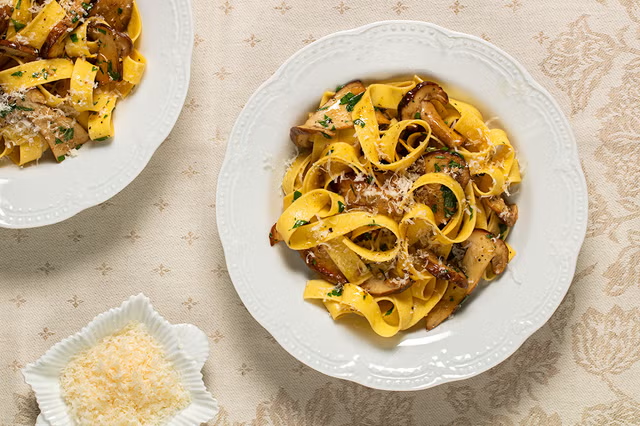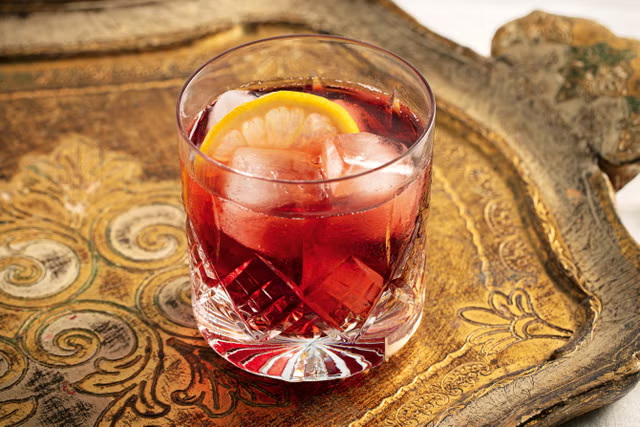
If someone had predicted 10 years ago that the most fashionable drink of 2024 would be Guinness, you would wonder if they had perhaps had a pint too many. Dark and soupy, Ireland’s favourite stout was something for long winter nights in Dublin, St Patrick’s Day or the Gold Cup, not a post-work sharpener for 21-year-old women. In fact, the only thing less likely than resurgent Guinness would be an insurgent version without alcohol.
Yet here we are. Guinness is on a black and white rampage. It has become the bestselling beer in the UK in pubs and bars, as well as retail. Recently Diageo, its parent company, reported that sales of its beer brands grew 18 per cent in the fiscal year, driven mostly by increased sales of Guinness, and in particular Guinness 0.0, its zero-alcohol version, which doubled year on year. This is not just designated drivers or rugby lads watching their waistlines.
Until now, Guinness 0.0 in the UK has almost exclusively been sold in cans. That is about to change. The low-alcohol version has been available on draught in Ireland since last year. Diageo hopes it will be in 2,000 outlets there by the end of this year, having spent £21 million increasing production capacity for 0.0 at its St James’s Gate facility in Dublin.
Now, after the briefest of trials last year, Britain is getting draught 0.0, too. And where else but The Devonshire, the pub near London’s Piccadilly Circus that has become the epicentre of the Guinness revival? I went to sample the product: it was cold, rich, velvety, delicious. As good as the original.
“We’re only doing [0.0] on draft,” says Oisin Rogers, The Devonshire’s genial landlord. “I’ve been pleasantly surprised about how it’s been received by guests. I had two journalists down to do a blind tasting and they both got it wrong. It’s a measure of how delicious they’ve been able to make the zero product. If I was a brewery making a low-alcohol product I’d be really concerned about going up against that.”
As well as The Devonshire’s marketability, it also does enough volume to keep the Guinness fresh. He says 0.0 already counts for around one in 20 pints, a number that is increasing all the time. “We’re selling hundreds of pints a week – a keg a day – and I’m astounded by how well it’s done,” he says.
“I’ve no doubt it’s going to continue to grow,” he adds. “It’s not a fad. It’s about the fact that this particular product is appealing to all marketplaces. There’s women drinking it, young people, old boys, bankers, street sweepers…”
Apart from Guinness’s flavour, Rogers has another explanation for its surge in popularity. “If you go to the bar and watch people get served a pint, the first thing they want to do is talk about it. They want to talk about the head compared to the one they had before, how it sticks to their mouth, the flavour, the texture of the glass. There’s a lot to be said for having a benign conversation that doesn’t upset anyone. Because most conversations you have about anything else, whether it’s music or politics or religion, you’re at risk of causing an unpleasantness. You can talk about Guinness all day long. It’s a benign drink and the small talk is benign.”
Guinness plans to roll out draught 0.0 across the UK. A cold and tasty drink, with the promise of idle chit-chat and without the hangover. Here is another prediction: Guinness 0.0 will do absolutely enormous numbers.
Disclaimer: The copyright of this article belongs to the original author. Reposting this article is solely for the purpose of information dissemination and does not constitute any investment advice. If there is any infringement, please contact us immediately. We will make corrections or deletions as necessary. Thank you.



